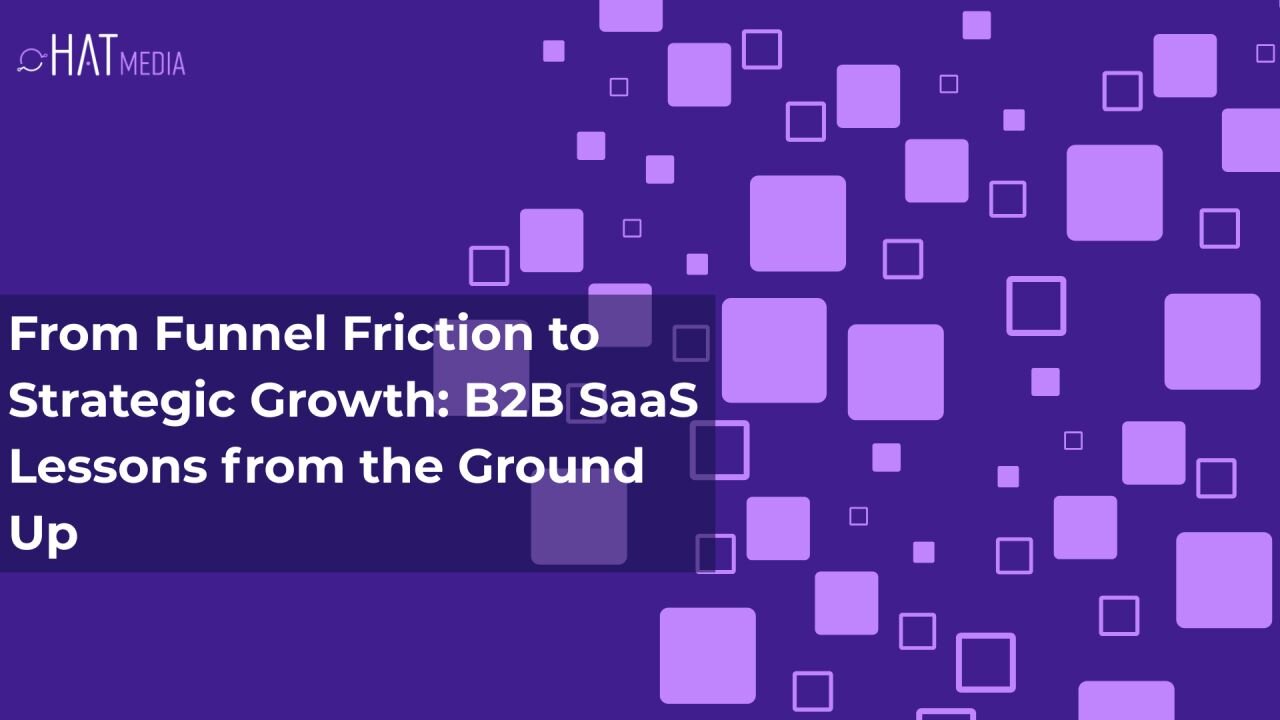The Secret To SaaS Growth: Pricing Strategies That Drive Success

Pricing is more than just a number—it’s a strategic decision that can either propel a SaaS company forward or limit its growth. In a recent episode of SaaS Stories, I had the pleasure of speaking with Fynn Glover, founder of Schematic, about his journey from startup founder to pricing expert. We covered everything from his early career lessons to the biggest pricing mistakes SaaS companies make, and how founders can develop a pricing strategy that scales.
From Soccer to SaaS: Fynn Glover’s Journey
Fynn’s path to SaaS entrepreneurship wasn’t a traditional one. Growing up in Tennessee, his early ambitions revolved around playing professional soccer. However, after college, his first two work experiences—one at a startup and another at a hedge fund—sparked his passion for business and technology.
In 2012, he launched his first company, initially a location-based app for outdoor enthusiasts that evolved into a media business. Over time, the company transitioned into SaaS, offering content marketing software to e-commerce and direct-to-consumer brands. This pivot into software marked the beginning of Finn’s deep dive into pricing and product strategy.
After successfully scaling his first startup to 30 employees and eventually exiting through an acquisition, he joined a cybersecurity company at the Series C stage. This move exposed him to later-stage startup challenges and helped shape his understanding of how pricing impacts business growth. In 2023, he founded Schematic, alongside a team of experienced colleagues, with a mission to help SaaS companies get their pricing architecture right from the start.
Listen to the full episode to hear more about his journey:
The Biggest Mistake: When Pricing Goes Wrong
According to Fynn, the single biggest mistake he made in his first company was misunderstanding market willingness to pay.
The problem wasn’t just minor price optimisation—it was a fundamental misalignment between the perceived value of the product and what customers were willing to pay. The mistake constrained the company’s ability to grow and limited revenue potential.
For SaaS founders, Fynn emphasises the importance of early pricing validation through willingness-to-pay (WTP) conversations. These structured discussions with potential customers help:
- Understand the value of your product in the eyes of the market.
- Remove founder bias from pricing decisions.
- Identify how your pricing compares to adjacent tools and competitors.
- Optimise pricing based on customer feedback rather than assumptions.
How to Run a Willingness-to-Pay Exercise
Fynn outlined an eight-question framework he uses for pricing conversations with prospects and customers. Here are the two most impactful questions:
1. Relative Value Perception
"How valuable is this product compared to other software tools you’re currently paying for?"
This question helps gauge where your product sits in the customer’s tech stack and provides an indicator of potential pricing levels.
2. Maximum Willingness to Pay
Open-ended version: "Now that you’ve seen the product, what’s the maximum you’d be willing to pay per month or per year?"
Anchored version: "If this product were priced at $X per month, how would that affect your purchasing intent?"
The goal is to assess whether your pricing aligns with customer expectations and adoption goals.
By running these exercises regularly, SaaS founders can adjust pricing in line with customer sentiment and market conditions.
The Need for Ongoing Pricing Adjustments
One of the most common mistakes SaaS companies make is not updating pricing frequently enough. Pricing isn’t a one-time decision—it’s an ongoing process that should evolve alongside the product and market.
Key Takeaways:
- Run pricing exercises regularly (every 6-12 months) to ensure alignment with market demand.
- Incremental increases (e.g., annual inflation adjustments of 4-5%) are easier for customers to digest than sudden jumps.
Align pricing strategy with product development—as new features roll out, they should be reflected in pricing.
Feature Flagging as a Pricing Strategy
Feature flagging, a common DevOps practice, is increasingly being used for monetization strategies. Traditionally, feature flags were used for testing and deploying new features gradually. However, Fynn highlights a growing trend: using feature flags to manage feature entitlements and pricing tiers.
How Feature Flagging Enhances Pricing & Packaging:
- Test new premium features with a subset of customers before rolling them out universally.
- Easily adjust pricing plans by toggling features on or off based on subscription levels.
- Enable flexible trials without complex back-end modifications.
This approach gives SaaS companies more agility in packaging, upselling, and feature-based pricing models.
Advice for SaaS Founders & CTOs
For startups and scale-ups, Fynn offers this advice:
1. Make Pricing a Core Business Function
Pricing isn’t just a finance decision—it requires input from product, sales, and engineering. Set up a pricing committee that meets quarterly to review data and make adjustments.
2. Align Product Roadmap with Pricing Strategy
Every major product release is an opportunity to refine packaging and monetisation. Ensure pricing discussions happen alongside product planning—not as an afterthought.
3. Build Pricing Flexibility from Day One
Avoid hardcoding pricing logic in the application. Use feature flagging and billing automation to enable seamless pricing changes.
Final Thoughts: A Lesson from Experience
When asked what advice he would give his younger self, Fynn reflected on the value of apprenticeship before founding a startup. While starting a company young taught him resilience, he believes working under an experienced entrepreneur first could have accelerated his learning curve, particularly in areas like scaling, pricing, and sales.
For aspiring SaaS founders, his advice is simple: Work for a startup before starting your own. You’ll gain critical insights without having to learn every lesson the hard way.

